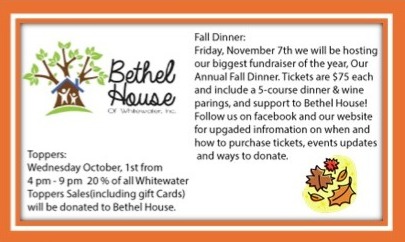Fairhaven an example of mutual respect between age groups
December 10, 2018
When my Grandma Sandy started losing function in her legs, a walker became her constant companion.
I visited her in Florida during my freshmen year of college, and I became vigilant of all the narrow walkways and the crowded restaurants that were not handicap-friendly, despite it being Florida, where about 78,000 older Americans live in retirement, according to Smartasset. Normal bathroom stalls are not made for walkers, and when I was helping my grandma into the stall, a woman commented on how kind I was for helping my grandmother.
I brushed off the compliment with the idea that anyone would so the same if they were in my position.
But back home in Chicago, I noticed an older man using a walker in a bustling parking lot. His grandchildren paid more attention to their cell phones than making sure their grandpa safely navigated a steep curve from the parking lot to the sidewalk.
Ageism is prevalent in America and with a rapidly aging population, many older adults will face damaging generalizations. The World Health Organization defines ageism as “stereotyping, prejudice, and discrimination against people on the basis of their age.” Stereotypes need to be challenged in order to change misconceptions about the older adults in our country.
The number of Americans who are 65 years of age and older are estimated to double from 2000 to 2030 in the United States. With a significant increase in the older adult population, more adults will be vulnerable to ageism.
Unfortunately, ageism is the most “normalized” prejudice by society and leads to dismissive attitudes that are responsible for the marginalization of older adults within our community.
Ageism can have devastating consequences for the well-being of older adults, as well as their health. Those who have negative attitudes about aging will live seven fewer years compared to a person who has a positive attitude about aging. Ageism in America needs to be challenged in order to change the harmful stigma associated with older adults to improve relationships with aging and perceptions of older adults.
Stereotypes regarding older adults perform a powerful role in shaping how people regard and act with the elderly as well as how older adults view themselves. The stereotypes that surround aging are mostly negative due to the components that occur later in life such as ill health, loneliness and dependency on others. Instead of focusing on cynical stereotypes, our culture needs to prioritize how older adults contribute to our society instead of being considered a burden.
When young adults label older adults as brash, and likewise when older adults label the young as naïve, opinions are not being respected by either age group. Young people need to respect the opinions of older adults in order for respect to be reciprocated.
During my time as a volunteer at Fairhaven, residents and young adults formed close bonds by respecting each other’s’ opinions and listening to personal stories shared by the residents and volunteers.
This positive behavior needs to be spread throughout the community and beyond to combat ageism and improve society’s perspective of older adults.
–Stephanie Ball
UW-Whitewater senior












